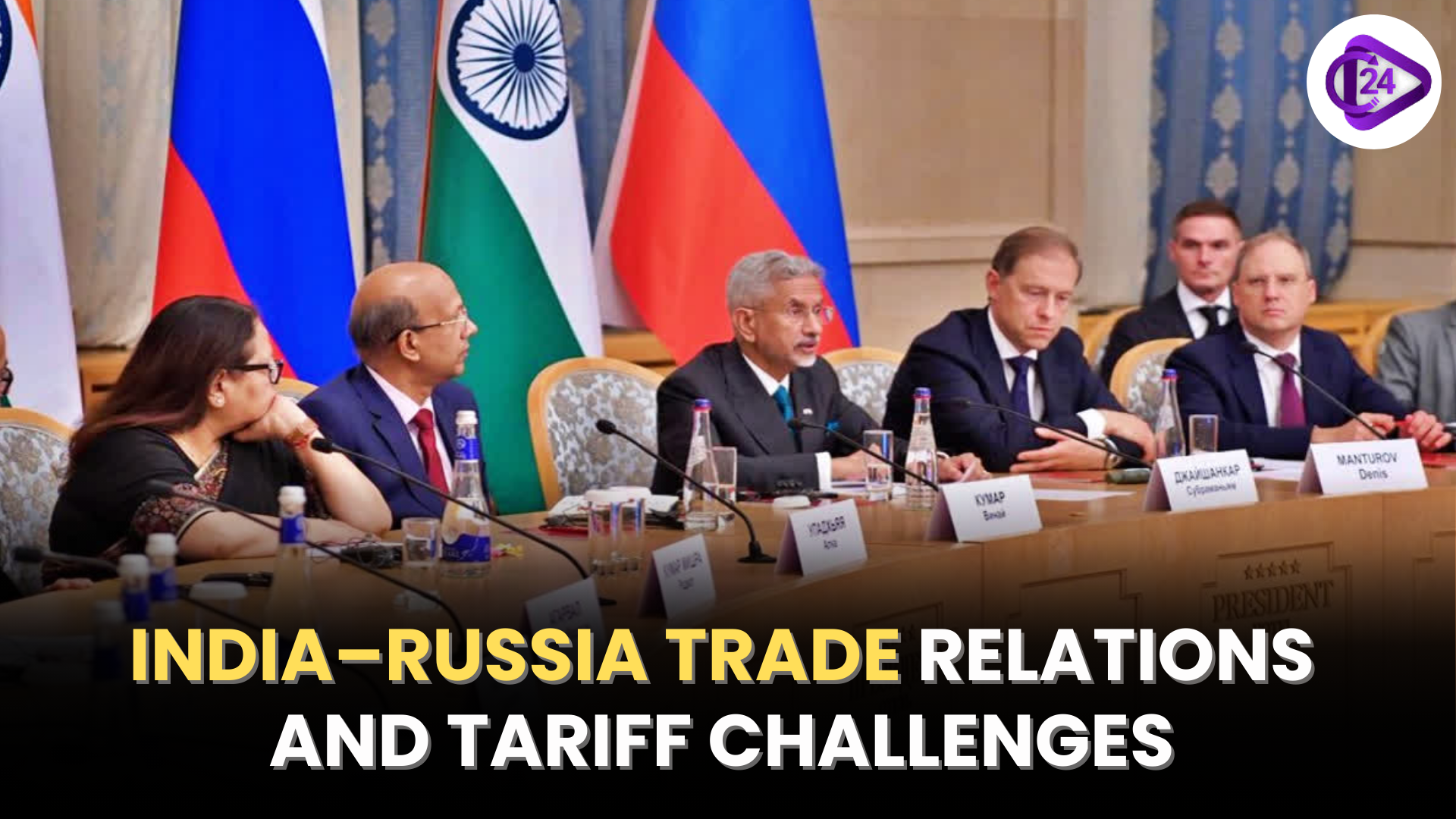
India and China are in the process of reinstating trade across Shipki-La in Kinnaur district of Himachal Pradesh that has been out of operation since the beginning of the pandemic in 2020. The move was made following a visit to India recently by Chinese Foreign Minister Wang Yi. External Affairs Minister S. Jaishankar stated that there is also a negotiation in opening Lipulekh (Uttarakhand) and Nathu La (Sikkim). The move has been suggested by Himachal CM Sukhvinder Singh Sukhu intervention that helped drive the proposal. Opening the Kailash Mansarovar Yatra route via Shipki-La is another way the State has angled to open.
News in brief
-
Trade across Shipki-La will be closed in 2020 due to COVID-19.
-
China, in principle, said it could consider rescheduling the route to India as per its proposal.
-
Work is also being done to have access to Kailash Mansarovar Yatra through Shipki-La.
Key Points
Trade Resumption
-
Three border trade nacelles included Shipki-La (HP), Lipulekh (Uttarakhand), Nathu-La (Sikkim).
-
Historically, the trade route between India and Tibet crosses at the borders of the area of importance, the local trade center of the Himalayas, which is called, historically, the trade route of the trail of the La about the area of the India-Tibet trading route.
-
The next step is paperwork with the Union Ministry of Commerce.
Political Efforts
-
Himachal CM Sukhvinder Singh Sukhu sent a letter to Centre requesting it to revive NNCL India.
-
The formulation of matters between the Union government and China resulted in agreement.
Religious and Question & cultural Aspect
-
Kailash Mansarovar Yatra after half a decade returned through Lipulekh and Nathu La.
-
Soon there is also a probability in addition to the pilgrimage routes of adding Shipki-La.
Shipki-La Trade Resumption
Background
-
Himachal Pradesh also has one of the three designated trade routes with Indo-China (the other two being Napaulama Lipulekh (Uttarakhand) and Nathu La (Sikkim)); it is called the Shipki-La trade route.
-
Trade across Shipki-La was halted in 2020 owing to COVID-19.
-
In the recent past, China accepted the idea of resuming the trade in India, when the Foreign Minister Wang Yi visited India and continued the on-going attempts of Himachal Pradesh CM, Sukhvinder Singh Sukhu and the Union government.
Strategic Significance
-
Economic Connectivity
-
Increases income-generation activities of the community along the border in Himachal Pradesh.
-
Rejuvenates the historic trade route, between Indo-Tibet, trading of goods like wool, herbs, and handicrafts.
-
Potential to strengthen the regional development on borders in the areas of remote location.
-
-
Diplomatic and Bilateral Relation
-
The first high-level face-to-face meeting between India and China in several years, which are accredited with confidence-building measures between the two countries, reflecting strained relations since the Galwan clashes in 2020.
-
It reflects cooperation amid a wider strategic competition
-
-
Cultural and religious Dimension
-
Opens up another route to the Kailash Mansarovar Yatra, which is added to the cultural diplomacy.
-
Forges stronger people to people links and spiritual connectivity.
-
-
Security and question of Geopolitics
-
It is sensitive to monitor border sensitivities in the Himalayas.
-
Manages the facilitation of trade with strategic reservations in India-China relations.
-
Challenges
-
Stagnant border issues and indistinctness on the Line of Actual Control (LAC).
-
The lack of infrastructure development in the Indian scenario (road, logistics, security check posts).
-
Making sure that economic benefits do not take precedence over security preparedness.
Way Forward
-
Resume trade in a cautious way with the strict regulation mechanism.
-
Take advantage of Shipki-La reopening as a confidence-building measure but will not be soft on security of the borders.
-
Make revival of trade work alongside development programs in the border districts of Himachal.
Conclusion
The opening of Shipki-La would stimulate trade and traffic across the border in addition to enhancing cultural and religious contacts. It emphasizes collaborative efforts of state, central and diplomatic channels. Considered and concluded, this action could restore one of the ancient Indo-Tibet trades routes and improve the local population.



 India Partners with World Food Programme to Combat Global Hunger
India Partners with World Food Programme to Combat Global Hunger Strengthening Defence Ties: Indian Army Chief General Upendra Dwivedi’s Visit to Algeria
Strengthening Defence Ties: Indian Army Chief General Upendra Dwivedi’s Visit to Algeria Hawaii’s Kilauea Volcano Erupts Again with 100-Foot Lava Fountains
Hawaii’s Kilauea Volcano Erupts Again with 100-Foot Lava Fountains Iran Conducts Naval Drill Sustainable Power 1404 – First Since War With Israel
Iran Conducts Naval Drill Sustainable Power 1404 – First Since War With Israel NASA Launches AI Model Surya to Predict Space Weather
NASA Launches AI Model Surya to Predict Space Weather Iran launches its first navy drill since war with Israel
Iran launches its first navy drill since war with Israel India–Russia Trade Relations and Tariff Challenges
India–Russia Trade Relations and Tariff Challenges SpaceX Prepares for 10th Starship Test Ahead of NASA Moon Mission
SpaceX Prepares for 10th Starship Test Ahead of NASA Moon Mission Remembering Hiroshima: 80 Years of Memory, Destruction, and Lessons for Humanity
Remembering Hiroshima: 80 Years of Memory, Destruction, and Lessons for Humanity






